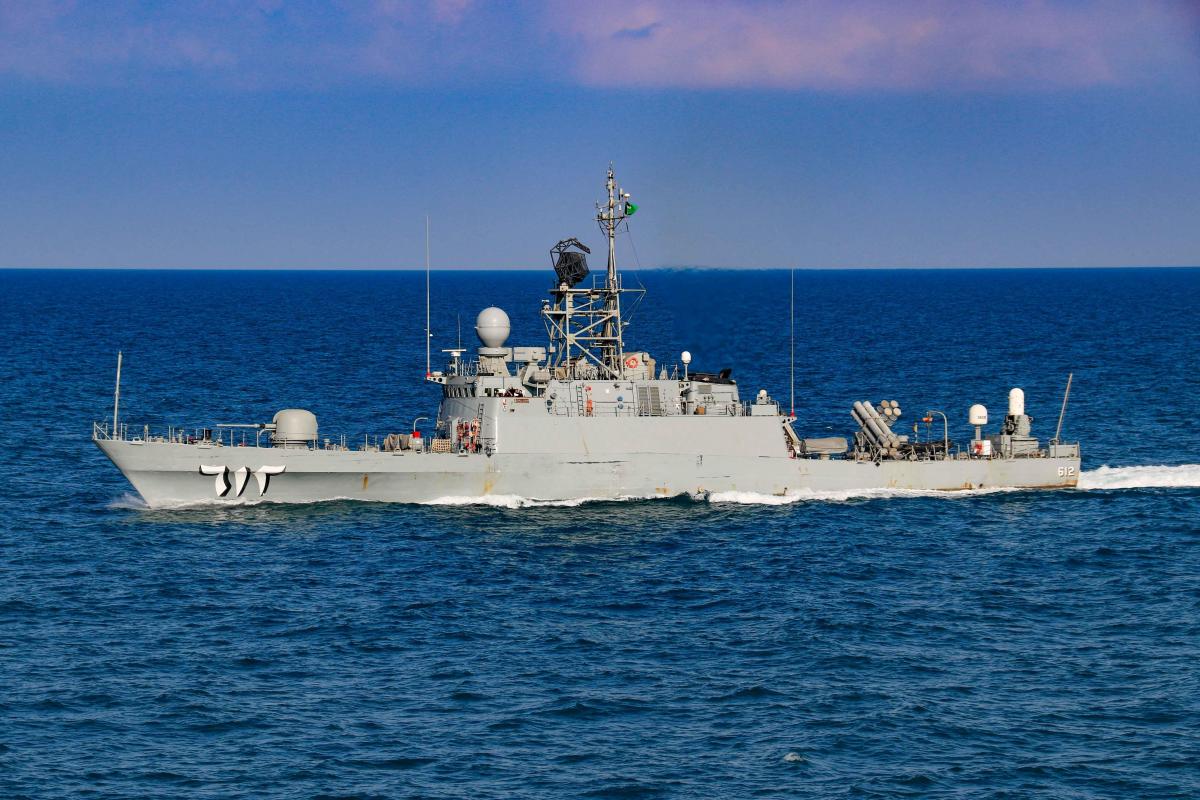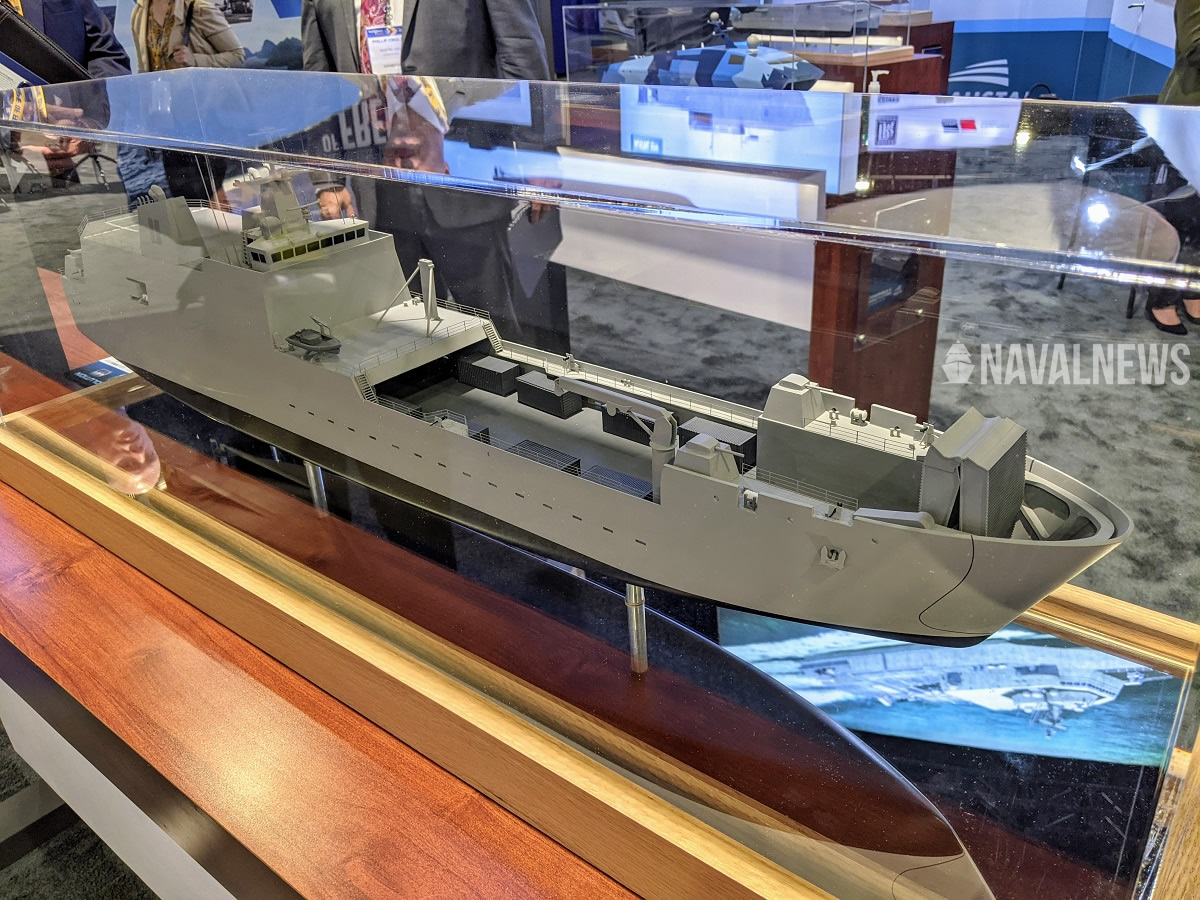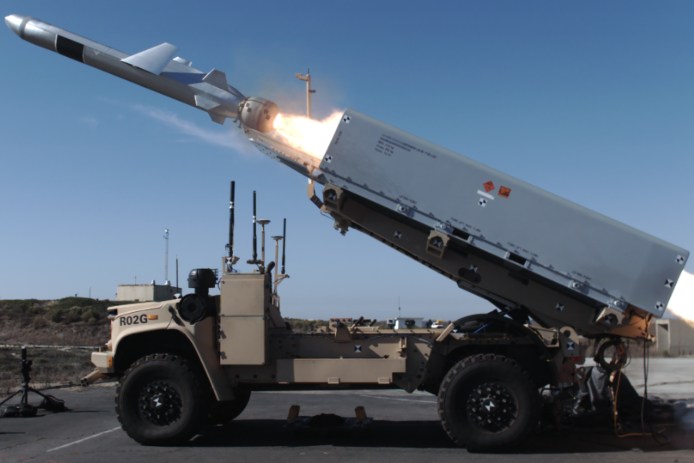That isn't the case anymore, but then again, people ignore the advances in laser-tech and the fact that UVA and Blue-Green wavelengths are great for zapping torpedoes.
Why is nobody doing that then?
Because lasers are just started to get deployed and lasers have been having the same treatment that fusion has for a while now.
Now, I haven't done any research on the relevant technology, however the impression is this: (and others probably have the same impression unless new information is provided)
1. Water absorbs more energy than air. Just because there is a band that transmissivity isn't hopeless doesn't mean it matches atmosphere. Various matter mixed in the water makes this even worst.
2. Water dissipates heat better than air, thermal means of destruction is hard
3. Water is more refractive and less stable than air, waves will disrupt laser path and focal point more than in atmosphere
4. Underwater weapon systems do not rely on EM sensors and can be very well protected against EM without disabling their own sensor.
5. There are no known projects for laser anti-torpedo systems
The impression that if anti-underwater laser system is to exist, it would at least come significantly after effective anti-air laser systems. Area defense system (needed for fleet protection) as opposed self defense systems would also come significant after even that.
Now, perhaps the above is not completely fair, torpedoes are much slower than missiles and allow for much longer time on target, and the expense for long range torpedoes means large scale saturation attacks is less feasible. That said, someone need to show the math for it to seem reasonable. There is also the question of torpedo countermeasures from armor to stuff like supercavitation, altered underwater trajectories or even things like "messing with the water."






